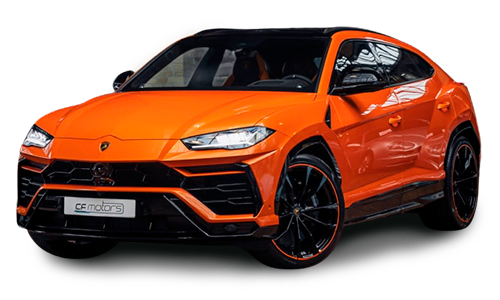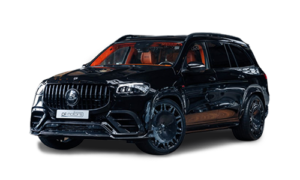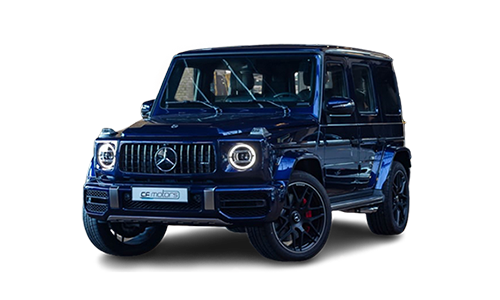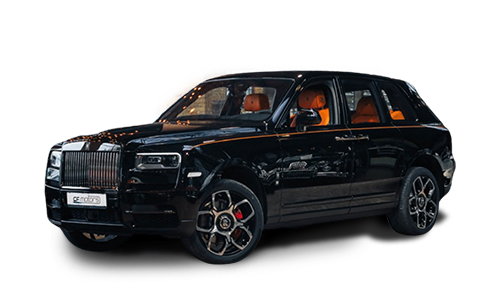10+ years experience
Quickly to the desired car
Personal contact
10+ years experience
Quickly to the desired car
Personal contact
10+ years experience
Quickly to the desired car
Personal contact
Ferrari
Hardly any other sports car brand is as closely linked to racing as Ferrari. Accordingly, it is not surprising that due to the many successes in various racing series since the 1930s, such as the Mille Miglia, Formula 1, and international endurance races, Ferrari is one of the best-known and most popular brands in the world. With over 200 Grand Prix victories, as well as 15 drivers' and 16 constructors' world championships, Scuderia Ferrari is the most successful team in Formula 1 history.
Secure one of our new or used Ferrari's now at our main location in the Classic Remise Berlin. We offer a wide range of current and historic Ferrari models and also a constantly changing selection of luxury sports cars and supercars from Lamborghini, McLaren, Porsche and many more.
Take a look at our offers from other luxury and sports car manufacturers:
Are you interested in a special model from the house of Ferrari? Our worldwide network enables us to find a vehicle for you that exceeds your expectations. In our offmarket area you will also find after successful registration changing offers of used Ferrari F40, F50, Enzo, LaFerrari in perfect condition at fair prices. But also the latest models, such as the soon to be released Ferrari SUV Puro Sangue and 812 Competizione, which we only want to present to our handpicked customer base, you will find soon. here.
Buy immediately available Ferrari






Ferrari models already sold





MODEL PALLET
FERRARI PORTOFINO M
Vehicle details
- Publication year: 2020
- Engine: 3.9 liters - V8 Biturbo
- Power: 456 kW (620 hp)
- Body style: 2+2 Convertible
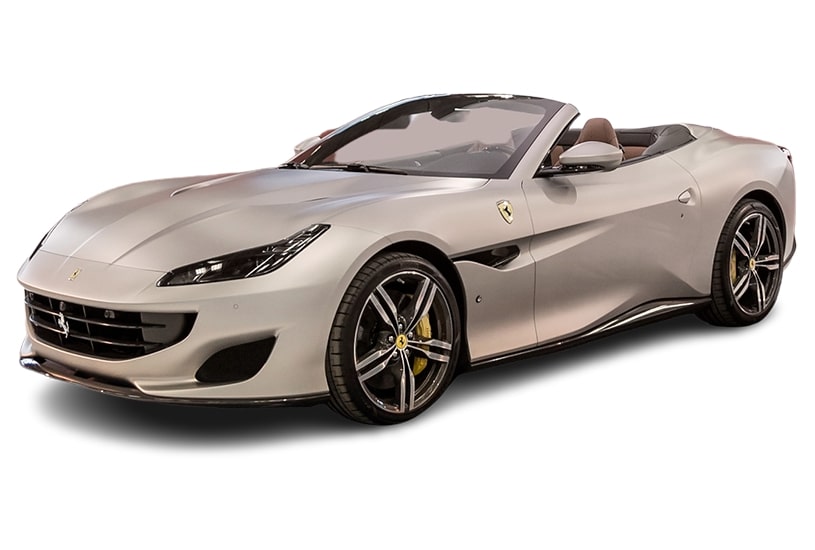

FERRARI ROMA
Vehicle details
- Publication Year: 2019
- Engine: 3.9 liters - V8 Biturbo
- Power: 456 kW (620 hp)
- Body style: sports coupe
FERRARI ROMA SPIDER
Vehicle details
- Year of publication: 2024
- Engine: 3.9 liters - V8 Biturbo
- Power: 456 kW (620 hp)
- Body shape: Cabriolet
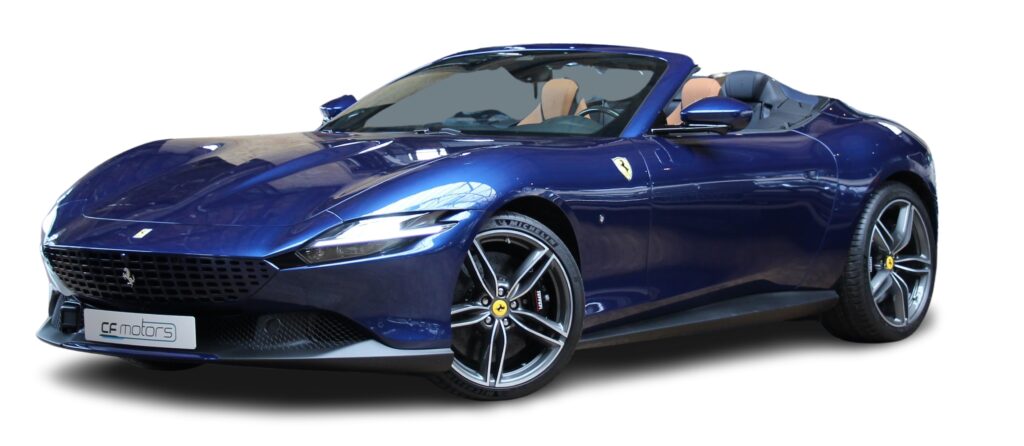
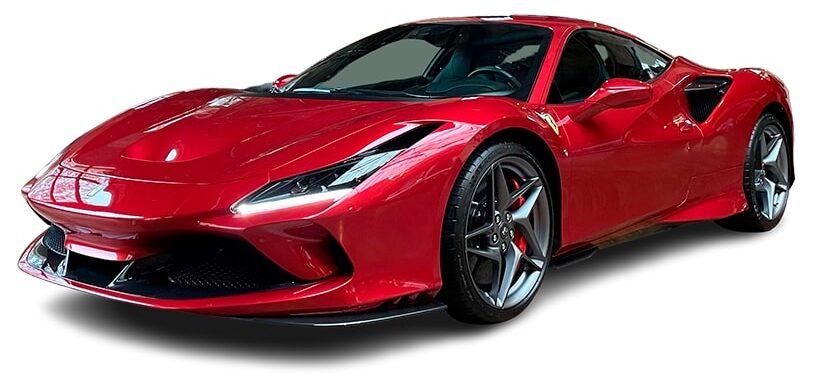
FERRARI F8 TRIBUTO
Vehicle details
- Publication Year: 2019
- Engine: 3.9 liters - V8 Biturbo
- Power: 530 kW (720 hp)
- Body style: sports coupe
FERRARI F8 SPIDER
Vehicle details
- Publication Year: 2019
- Engine: 3.9 liters - V8 Biturbo
- Power: 530 kW (720 hp)
- Body style: sports coupe
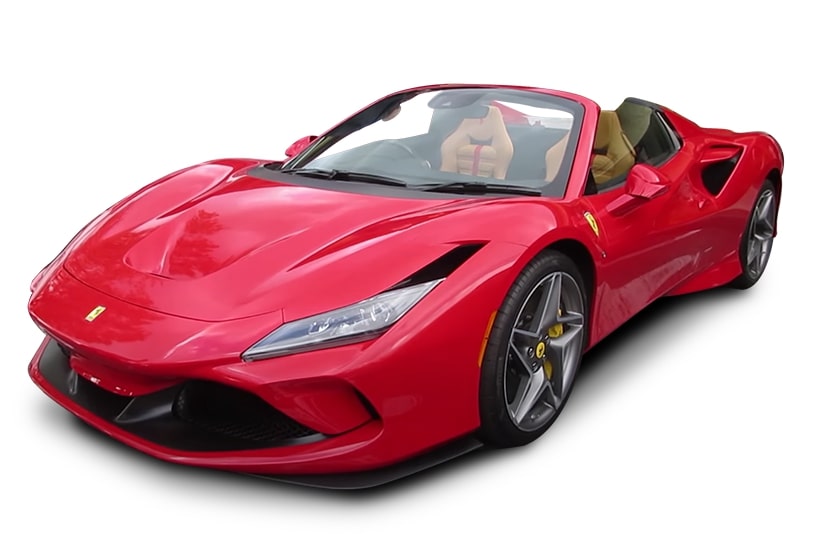

FERRARI 812 SUPERFAST
Vehicle details
- Publication year: 2017
- Engine: 6.5 liter V12
- Power: 588 kW (800 hp)
- Body style: sports coupe
FERRARI 812 GTS
Vehicle details
- Publication year: 2017
- Engine: 6.5 liter V12
- Power: 588 kW (800 hp)
- Body style: Convertible
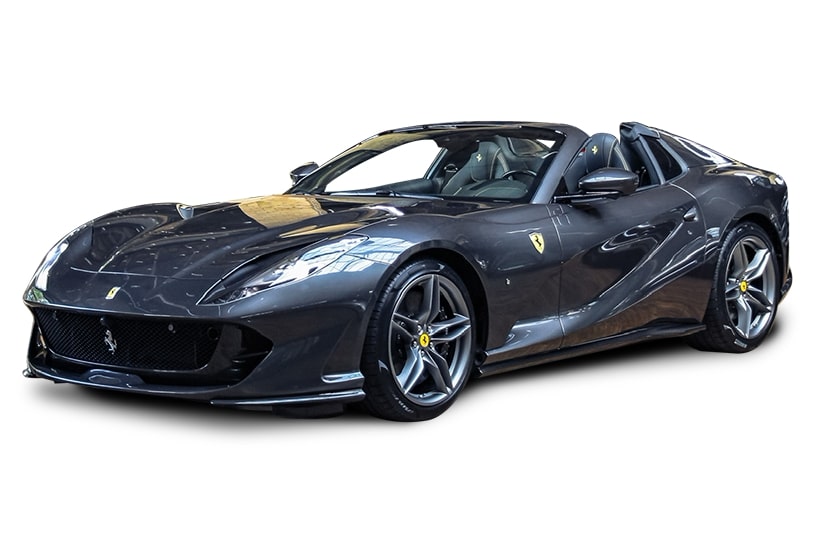

FERRARI SF90 STRADALE
Vehicle details
- Publication year: 2020
- Engine: 4.0 liter V8 Turbo Hybrid
- Power: 574 kW (780 hp) + Electric 162 kW (220 hp)
- Body style: sports coupe
FERRARI SF90 SPIDER
Vehicle details
- Publication year: 2021
- Engine: 4.0 liter V8 Turbo Hybrid
- Power: 574 kW (780 hp) + Electric 162 kW (220 hp)
- Body style: Convertible
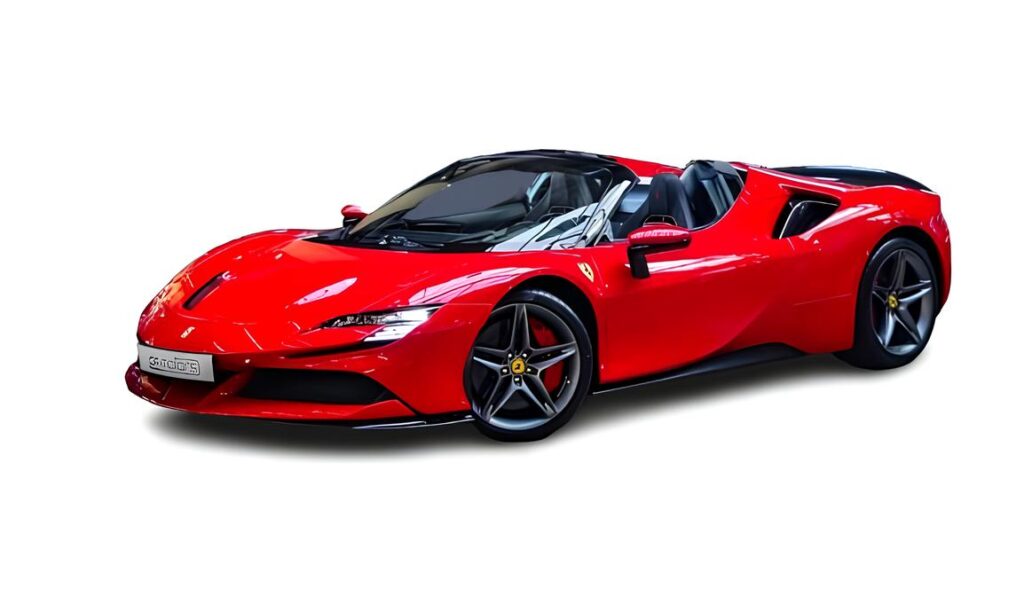
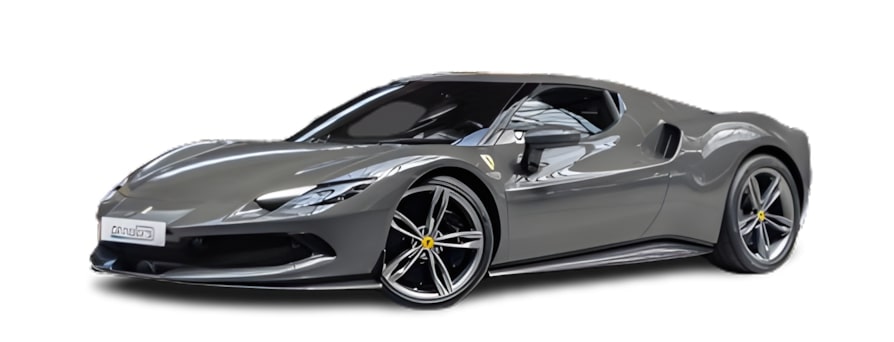
FERRARI 296 GTB
Vehicle details
- Publication year: 2022
- Engine: 3.0 liter V6 Turbo Hybrid
- Power: 488 kW (663 hp) + Electric 123 kW (167 hp)
- Body style: sports coupe
FERRARI 296 GTS
Vehicle details
- Publication year: 2023
- Engine: 3.0 liter V6 electric
- Power: 610 kW (830 hp)
- Body style: Coupe - Convertible
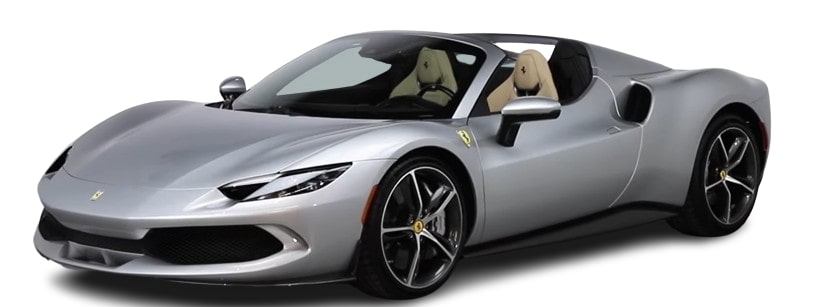
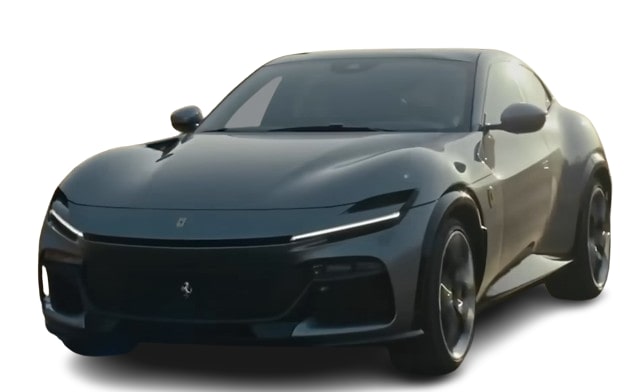
FERRARI Purosangue SUV
Vehicle details
- Publication year: 2023
- Engine: V12
- Power: 533 kW (725 hp)
- Body style: SUV
CURRENT FERRARI
SPECIAL SERIES MODELS
Ferrari 12 cilindri
Vehicle details
- Year of publication: 2024
- Engine: 6.5 liter - V12 naturally aspirated engine
- Power: 610 kW (830 hp)
- Body style: sports coupe
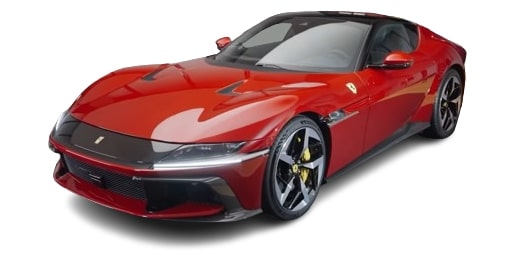
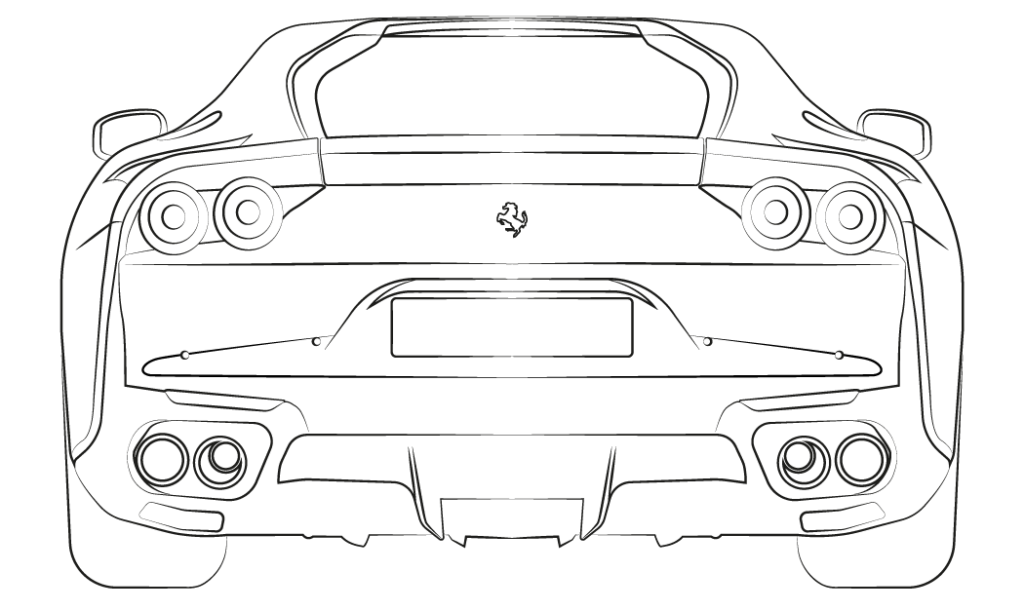
Illustration follows shortly
FERRARI 812 COMPETIZIONE
Vehicle details
- Publication year: 2022
- Engine: 6.5 liter V12
- Power: 610 kW (830 hp)
- Body style: sports coupe
FERRARI 812 COMPETIZIONE A
Vehicle details
- Publication year: 2022
- Engine: 6.5 liter V12
- Power: 610 kW (830 hp)
- Body style: Convertible

CURRENT FERRARI
ICONA MODELS
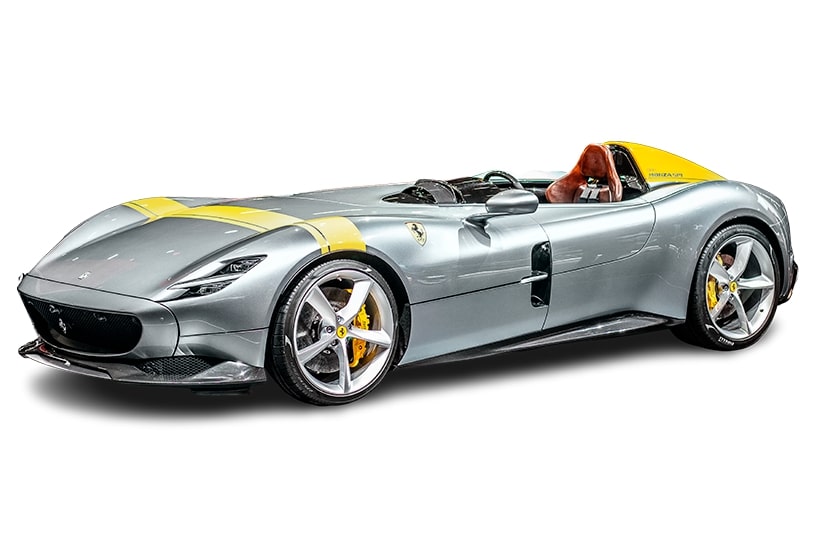
FERRARI MONZA SP1
Vehicle details
- Publication year: 2018
- Engine: 6.5 liter V12
- Power: 596 kW (810 hp)
- Body style: Roadster
FERRARI MONZA SP2
Vehicle details
- Publication year: 2018
- Engine: 6.5 liter V12
- Power: 596 kW (810 hp)
- Body style: Roadster
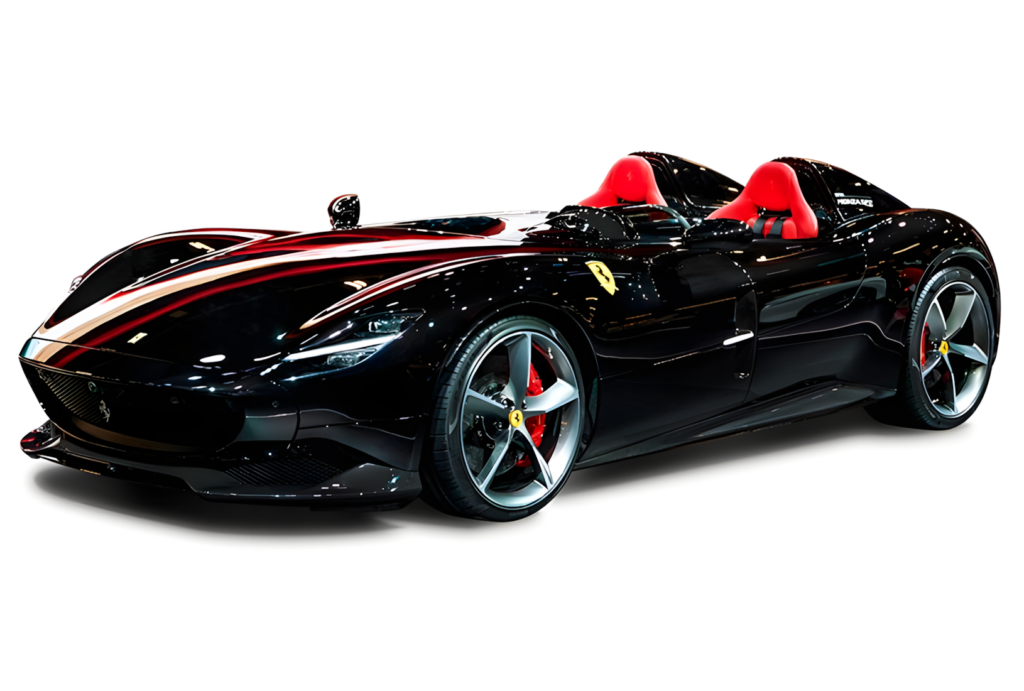
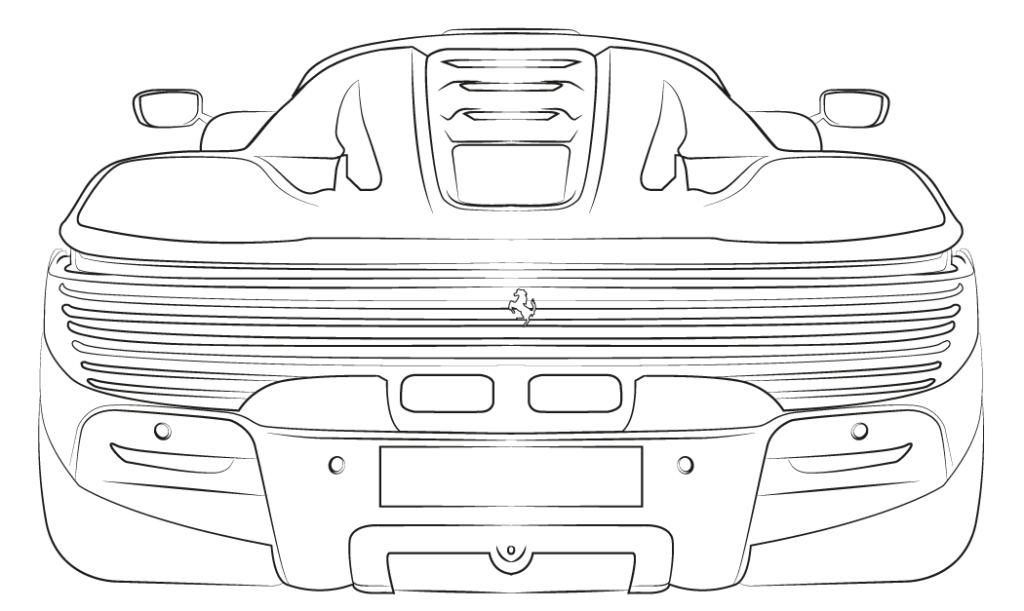
Illustration follows shortly
FERRARI Daytona SP3
Vehicle details
- Publication year: 2018
- Engine: 6.5 liter V12
- Power: 596 kW (810 hp)
- Body style: Roadster
The history of Scuderia Ferrari
Named after the founder "Enzo Ferrari", each new edition of a model series here clearly combines tradition and classic curves with innovation. The "Cavallino Rampante" logo has stood for untamed power and wildness since the founding of Scuderia Ferrari. To earn money for the racing team, the first customer car, the Ferrari 125 C Sport with a 1.5-liter V12 engine, was built and sold in 1947. There followed, notwithstanding the successes, several crises in the following decades with related takeover offers from Ford and the entry of Fiat with 50% of the shares in 1969. The demand, especially for historic models, tragically increased only after the death of Enzo Ferrari in 1988. The last vehicle developed by him personally, the grandiose Ferrari F40, is still one of the most sought-after models in the company's history and legitimate successor to the racing variant of the 288 GTO. On the occasion of the company's 40th anniversary, Pininfarina's design and the then inconceivable power of up to 700 hp in Michelotto's F40 LM/Competizione represented the absolute pinnacle. After his death, it was at times unclear how things would continue. After the first renewed successes in Formula 1 and the switch of reigning double world champion Michael Schumacher to Scuderia Ferrari in the 1996 season, the sports car manufacturer became a legend of the modern era.
The designs of Pininfarina, Scoglietti, Bertone and Vignale of the first models inspire fans to this day. But even some of the latest models have good prospects of becoming true classics with immense appreciation in value!
Frequently asked questions:
Ferrari has placed the highest demands on its engine builders since its inception and has released many fantastic engine concepts. The 812 Superfast, with its 6.5-liter V12 engine producing 800 horsepower, is currently the most powerful Ferrari with an internal combustion engine still in production. From 2022, however, comes the 812 Competizione, which produces an incredible 830 hp. The Ferrari SF90 has the highest system output, which puts a total of 1,000 hp on the road with 3 additional electric motors.
QUESTIONS, WISHES OR CONCRETE IDEAS ALREADY?
Just give us a call or send us your contact details via our contact form. We will then get back to you immediately by Phone, Mail, WhatsApp or Telegram at your preferred time.
* Official data on fuel consumption, CO2 emissions, power consumption and electric range were determined in accordance with the prescribed measurement procedure and comply with Regulation (EU) 715/2007 as amended. NEDC figures take into account differences in the selected wheel and tire size in the case of ranges, and any optional equipment in the WLTP. WLTP values are used for the calculation of taxes and other vehicle-related levies that are (also) based on CO2 emissions and, where applicable, for the purposes of vehicle-specific subsidies. Where applicable, the NEDC values listed were determined on the basis of the new MLTP measurement procedure and converted back to the NEDC measurement procedure for comparability.
For vehicles newly type-tested since 01.01.2021, the official data only exists according to WLTP. In addition, according to EU Regulation 2022/195, the NEDC values will no longer be included in the EC certificates of conformity from 01.01.2023. Further information on the WLTP and NEDC measurement methods can be found at www.dat.de/co2
Further information on the official fuel consumption and the official specific CO2 emissions of new passenger cars can be found in the 'Guide on the fuel consumption, CO2 emissions and electricity consumption of new passenger cars', which is available at all sales outlets, from Deutsche Automobil Treuhand GmbH (DAT), Hellmuth-Hirth-Str. 1, 73760 Ostfildern-Schamhausen, and at www.dat.de/co2 is available free of charge. Illustration(s) show(s) optional equipment.
CO2 efficiency according to the WLTP measurement procedure What is WLTP?
Since 1 September 2017, certain new cars have been type-approved according to the Worldwide Harmonized Light Duty Vehicles Test Procedure (WLTP), a more realistic test procedure for measuring fuel consumption and CO2 emissions. From September 1, 2018, the WLRP will replace the new European driving cycle (NEDC). Due to the more realistic test conditions, the fuel consumption, power consumption and CO2 emission values measured according to the WLTP are in many cases higher and the ranges in many cases lower than those measured according to the NEDC. Currently, the NEDC values are still mandatory to communicate. In the case of new vehicles that are type-approved according to the WLTP, the above NEDC values are derived from the WLTP values below. These values correspond to your current configuration; if you change the equipment, these values may also change. From September 1, 2018, the vehicle tax will be calculated on the basis of the WLTP values determined.

